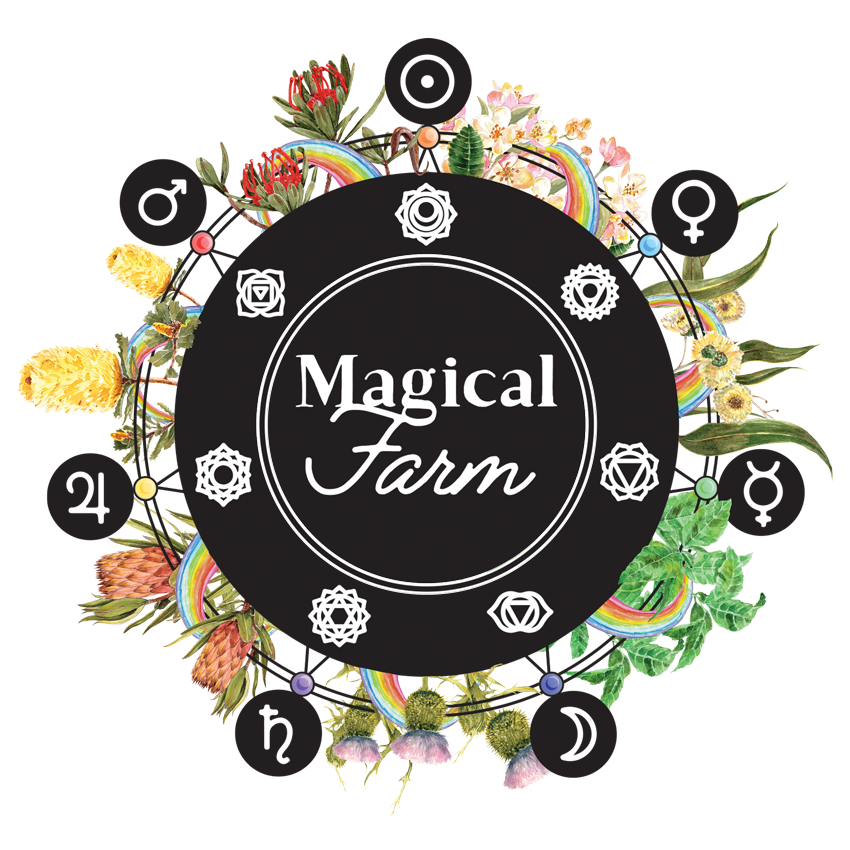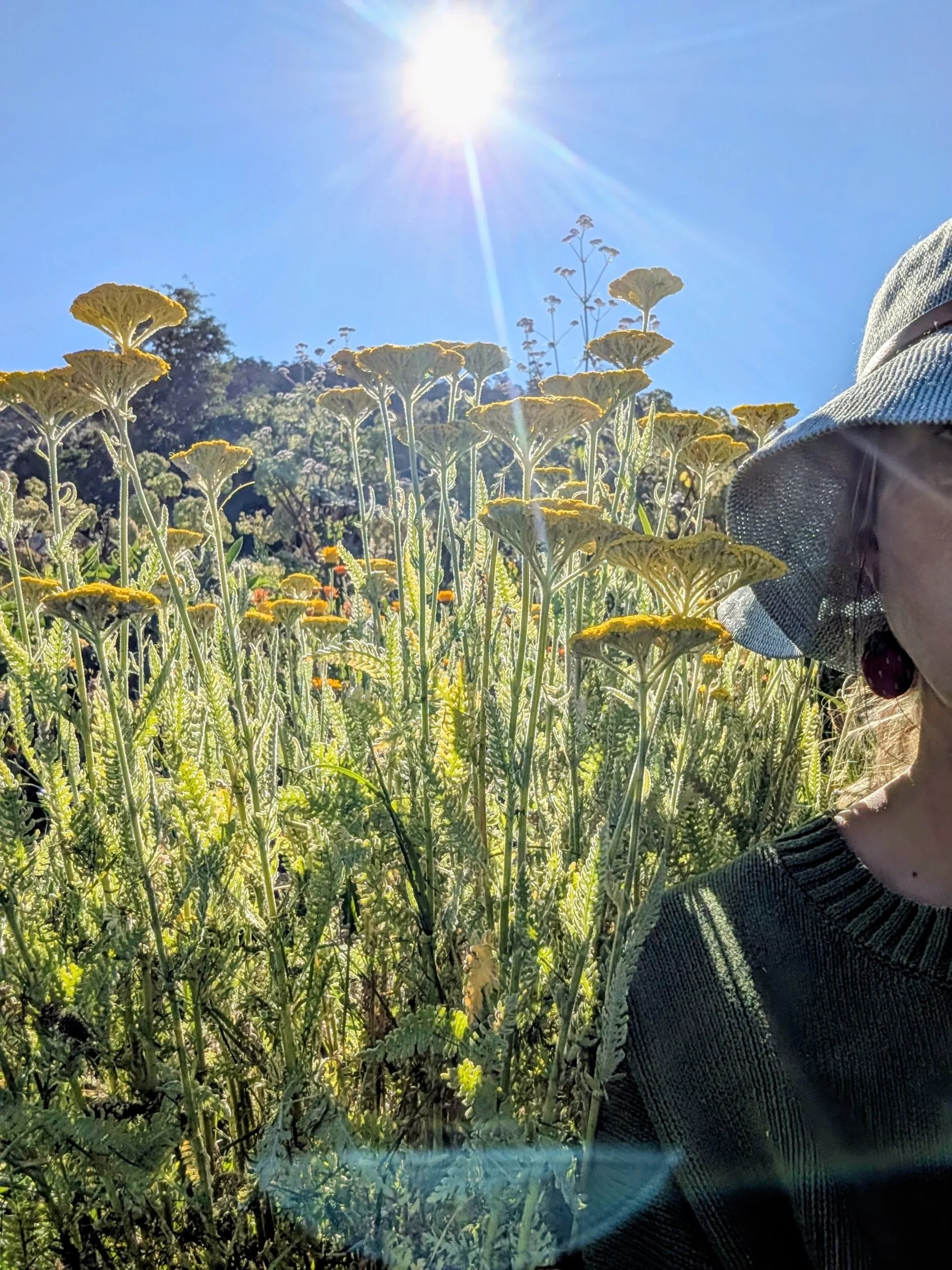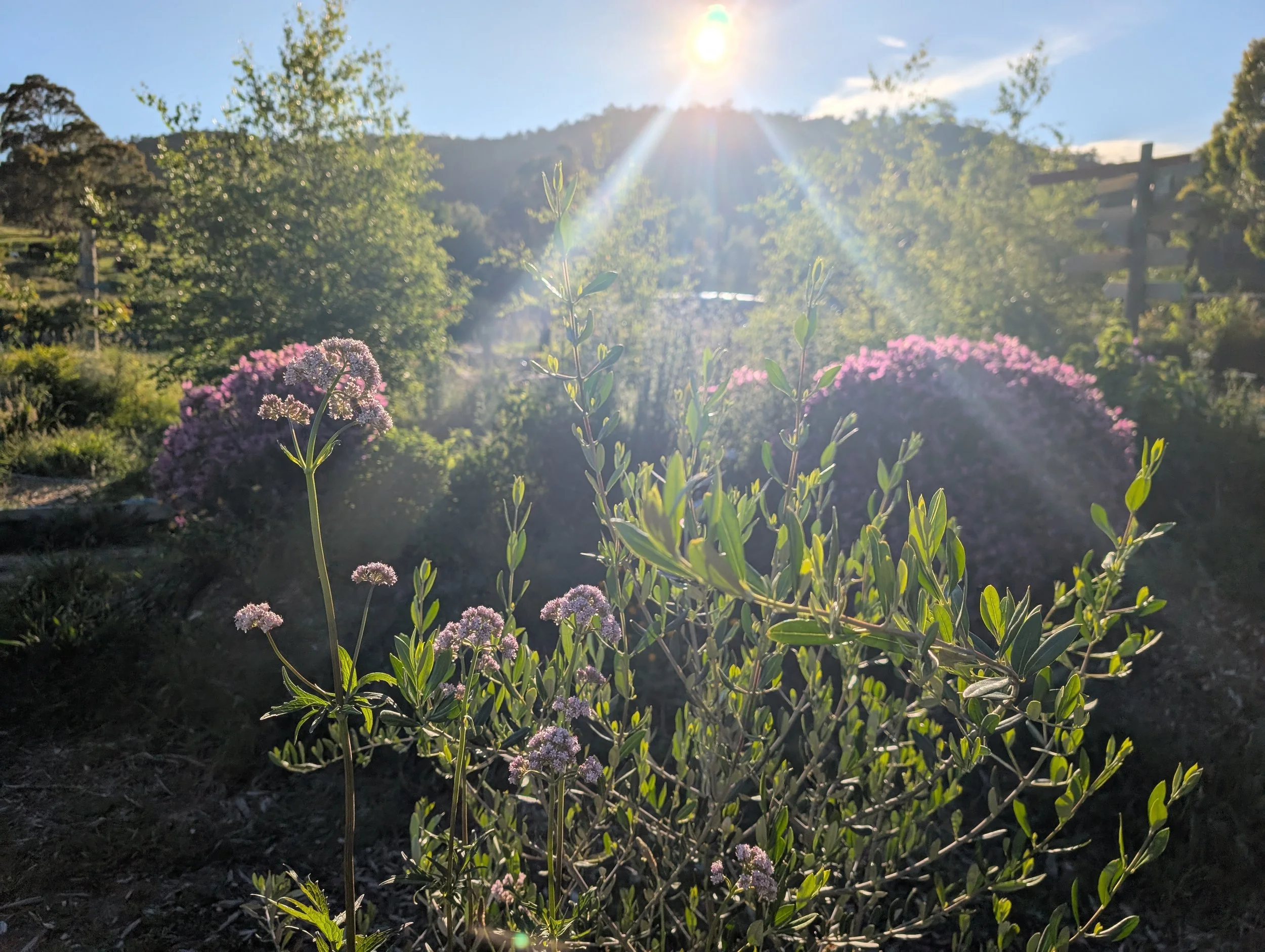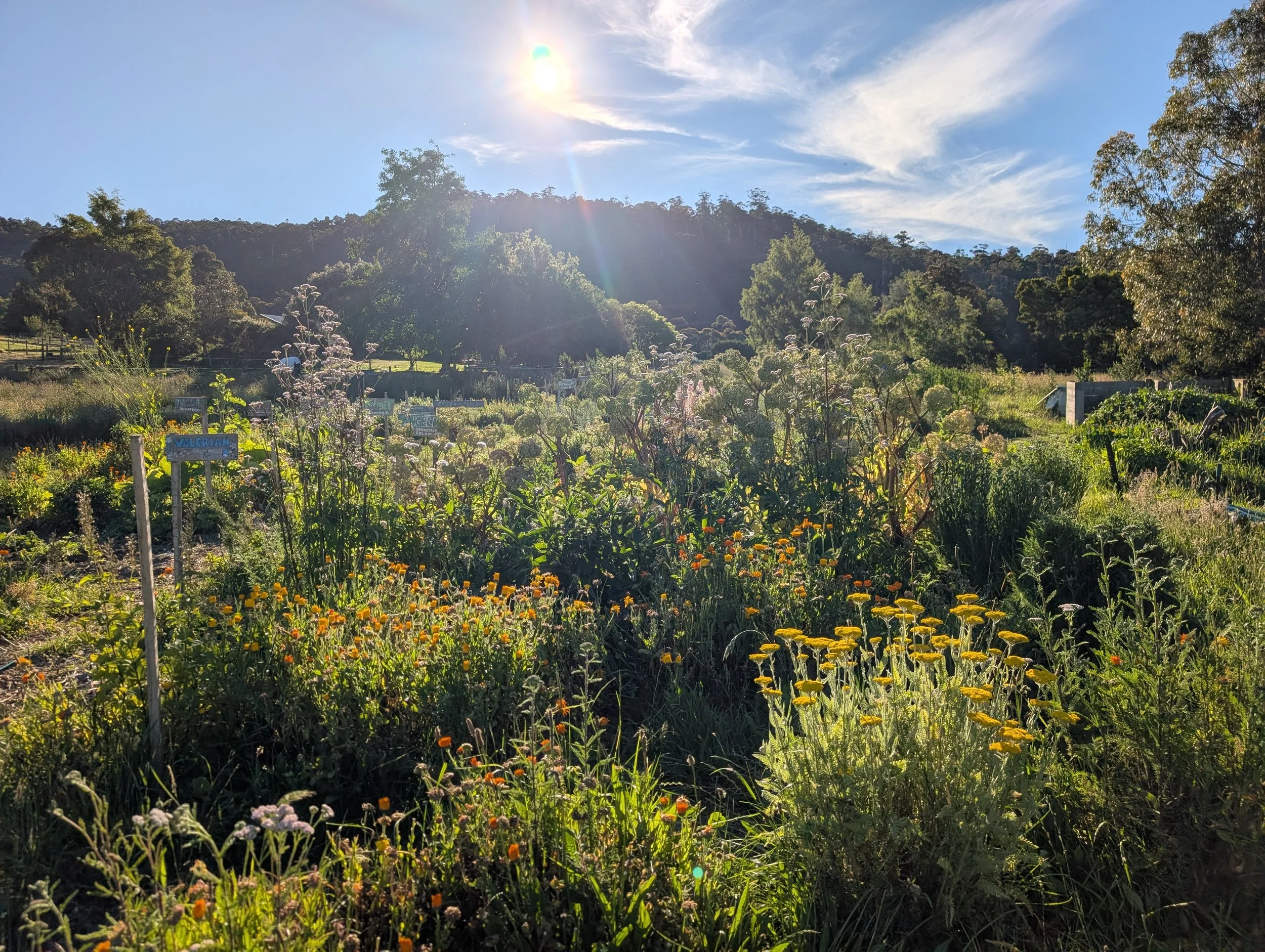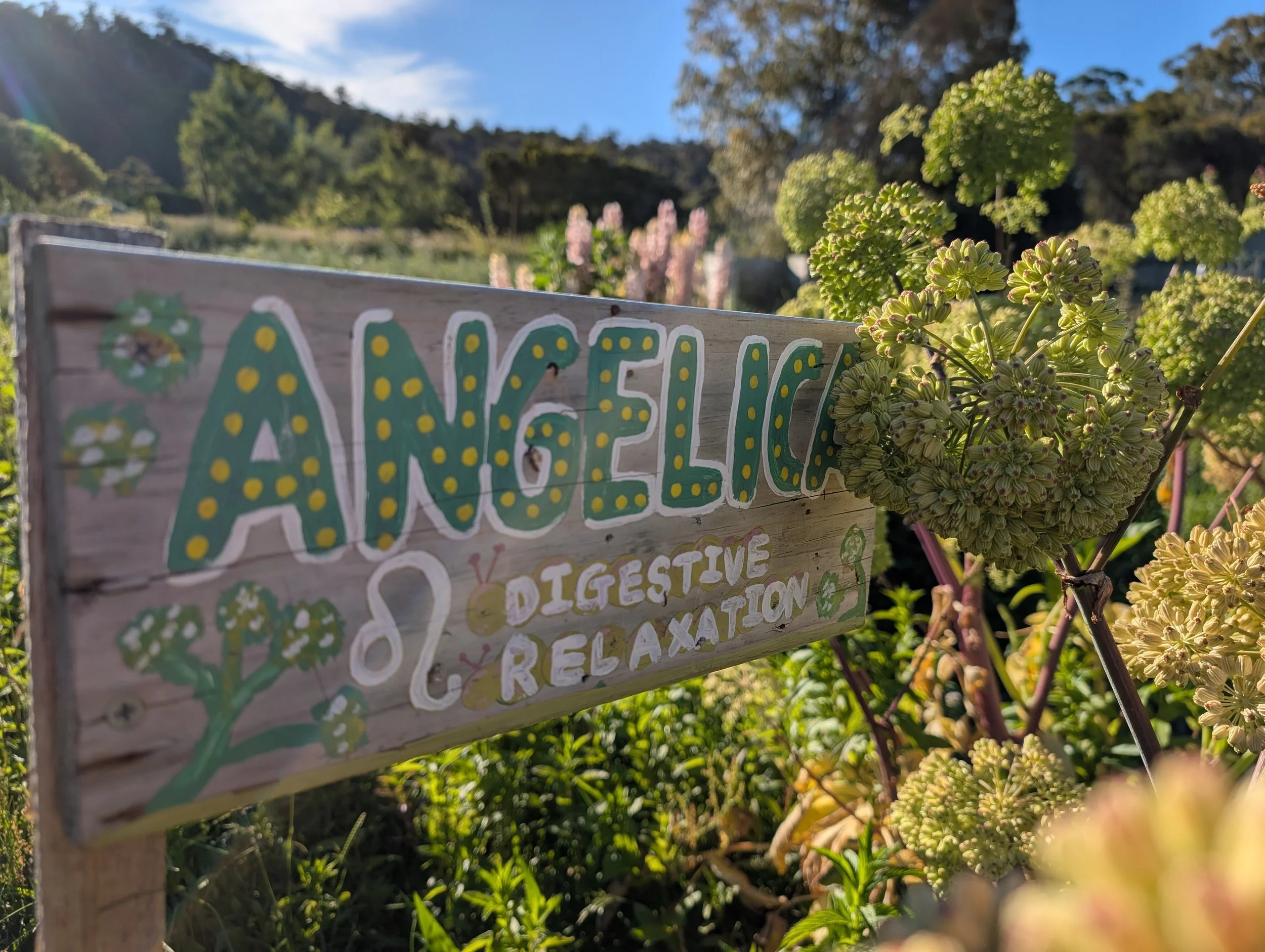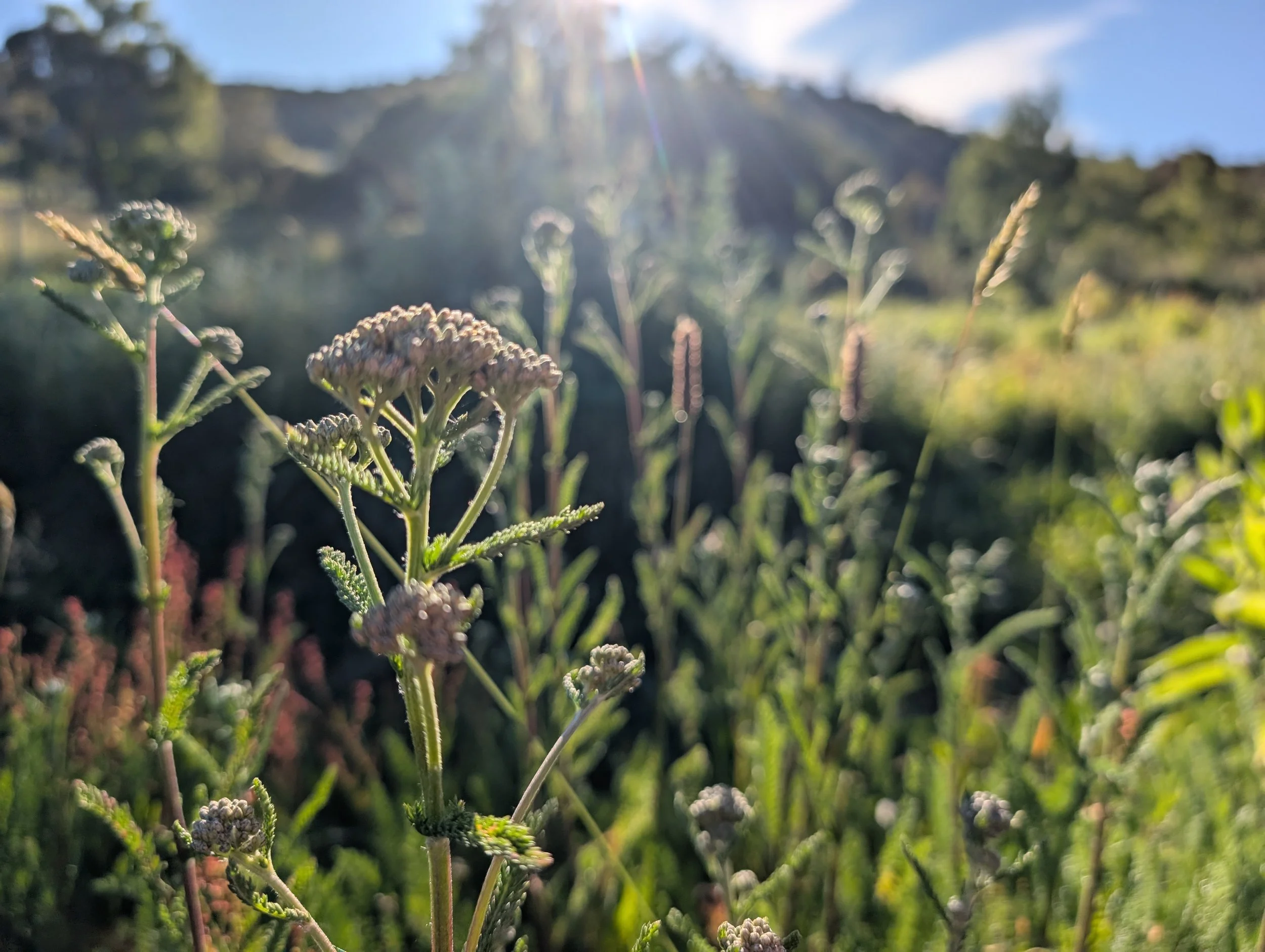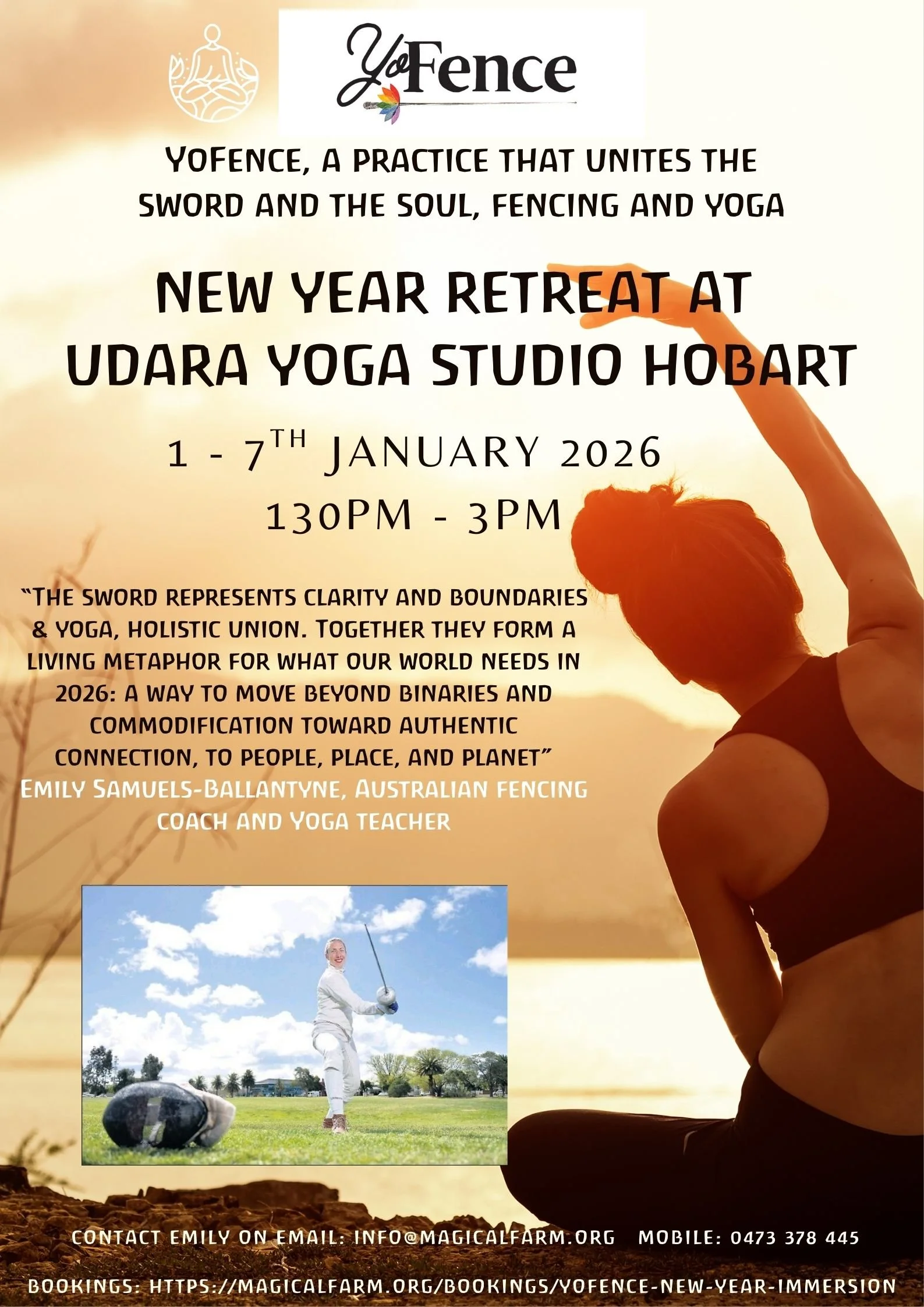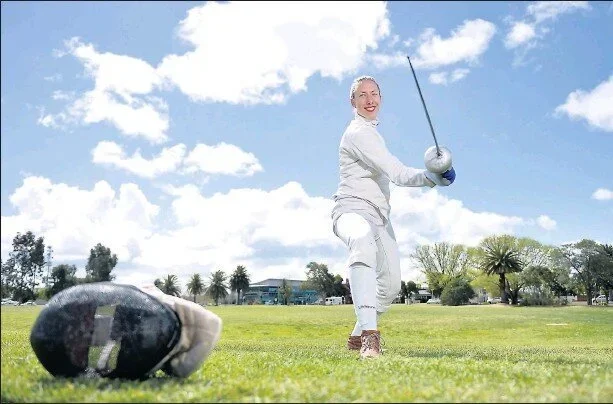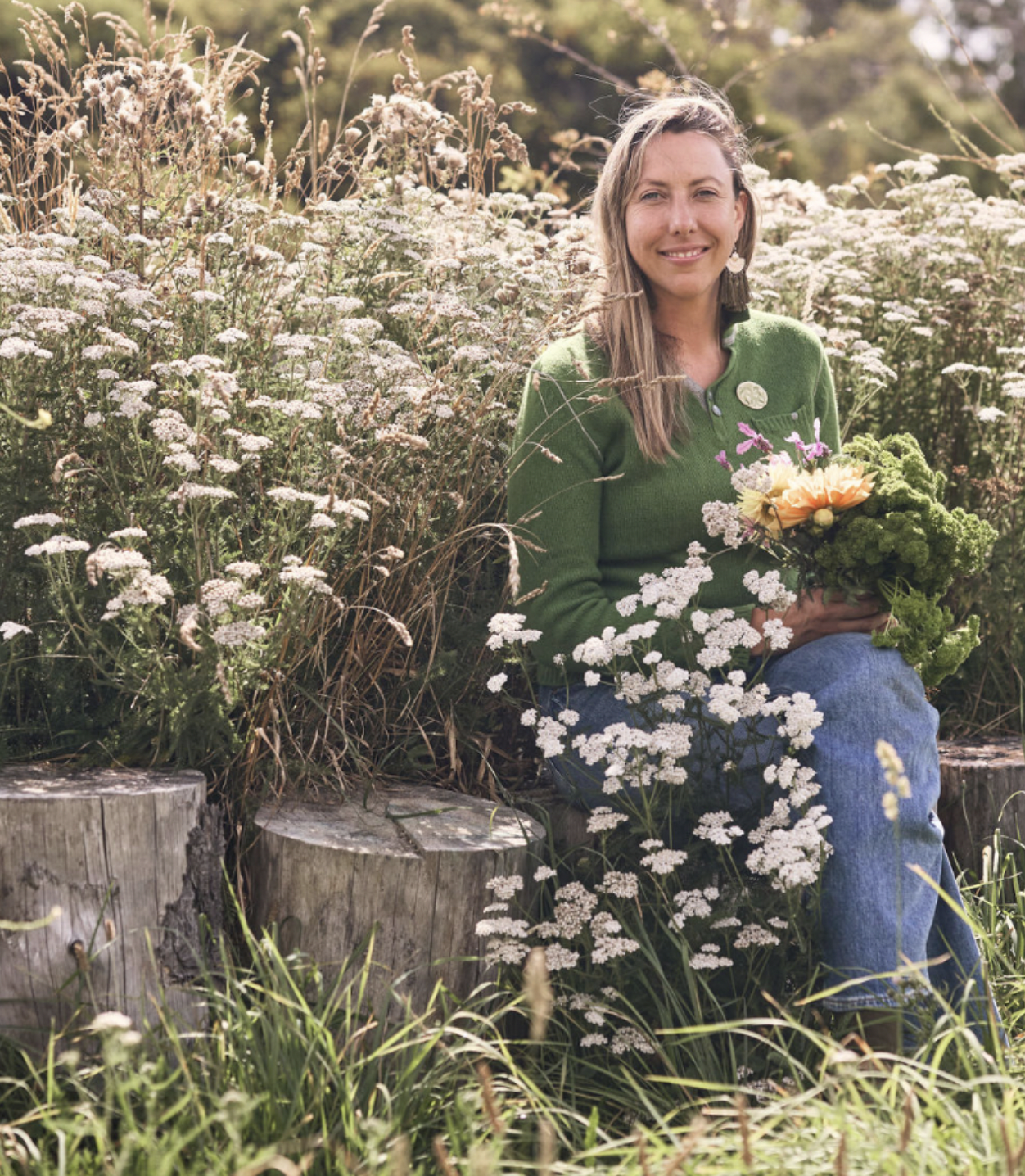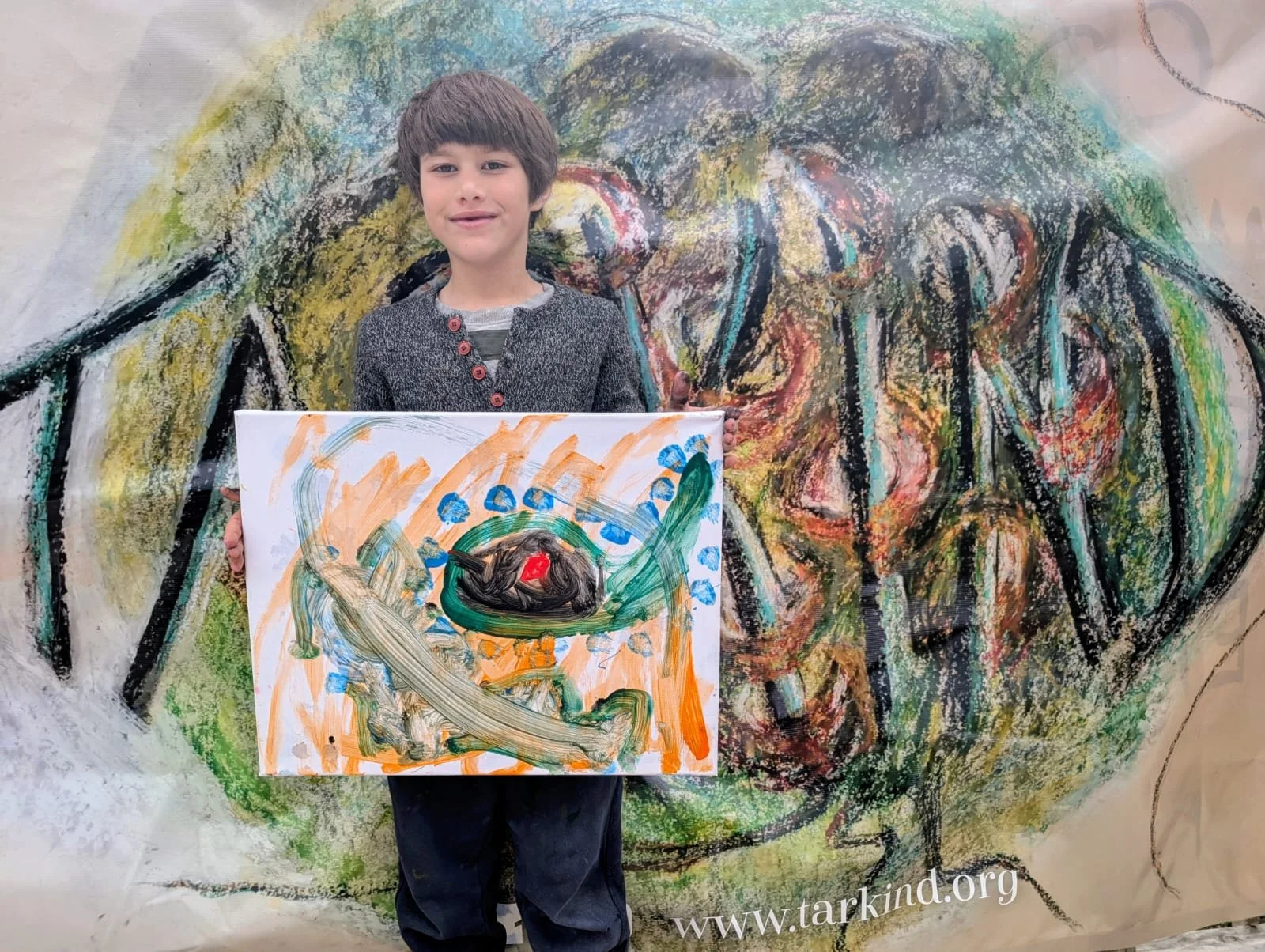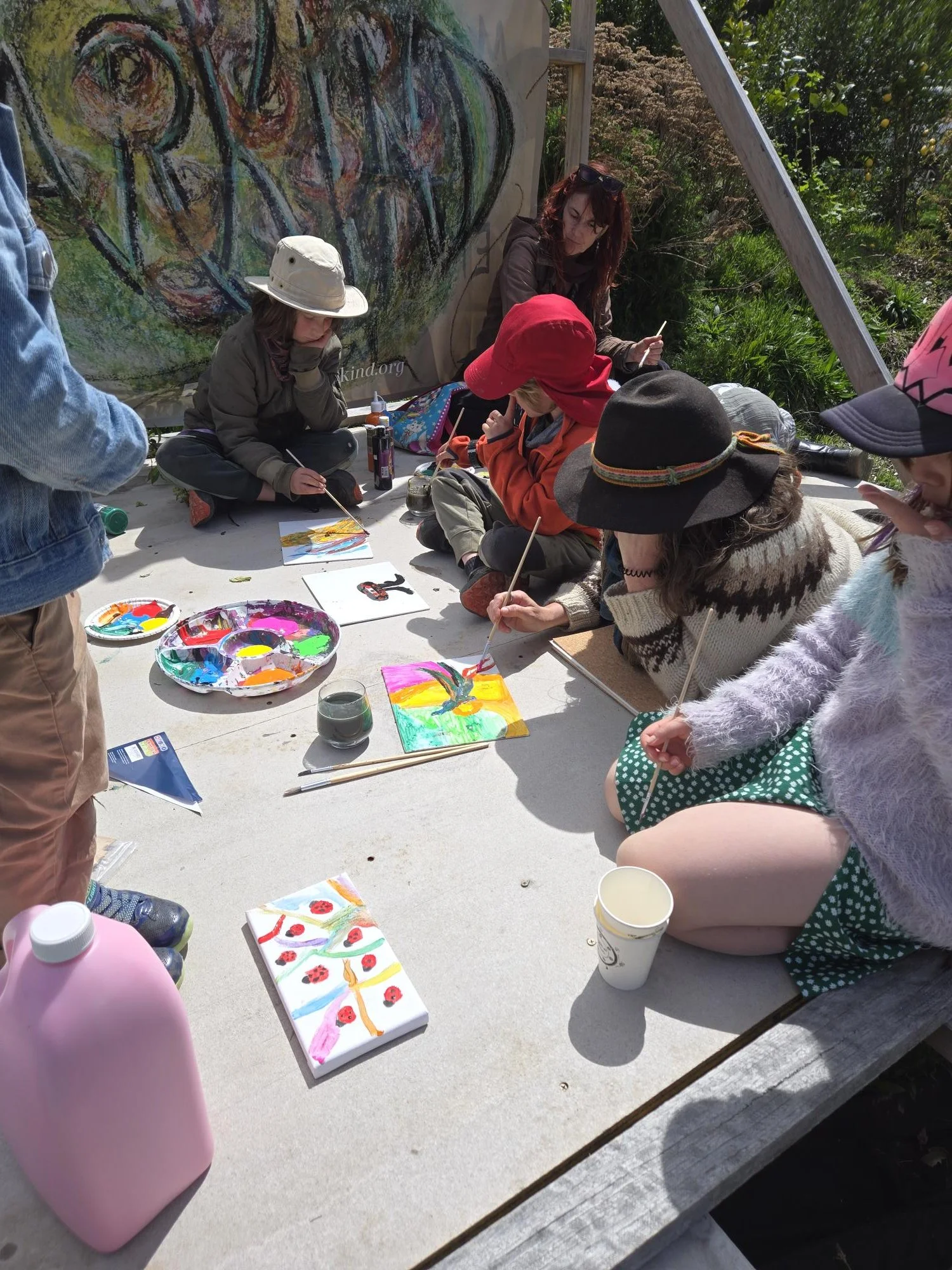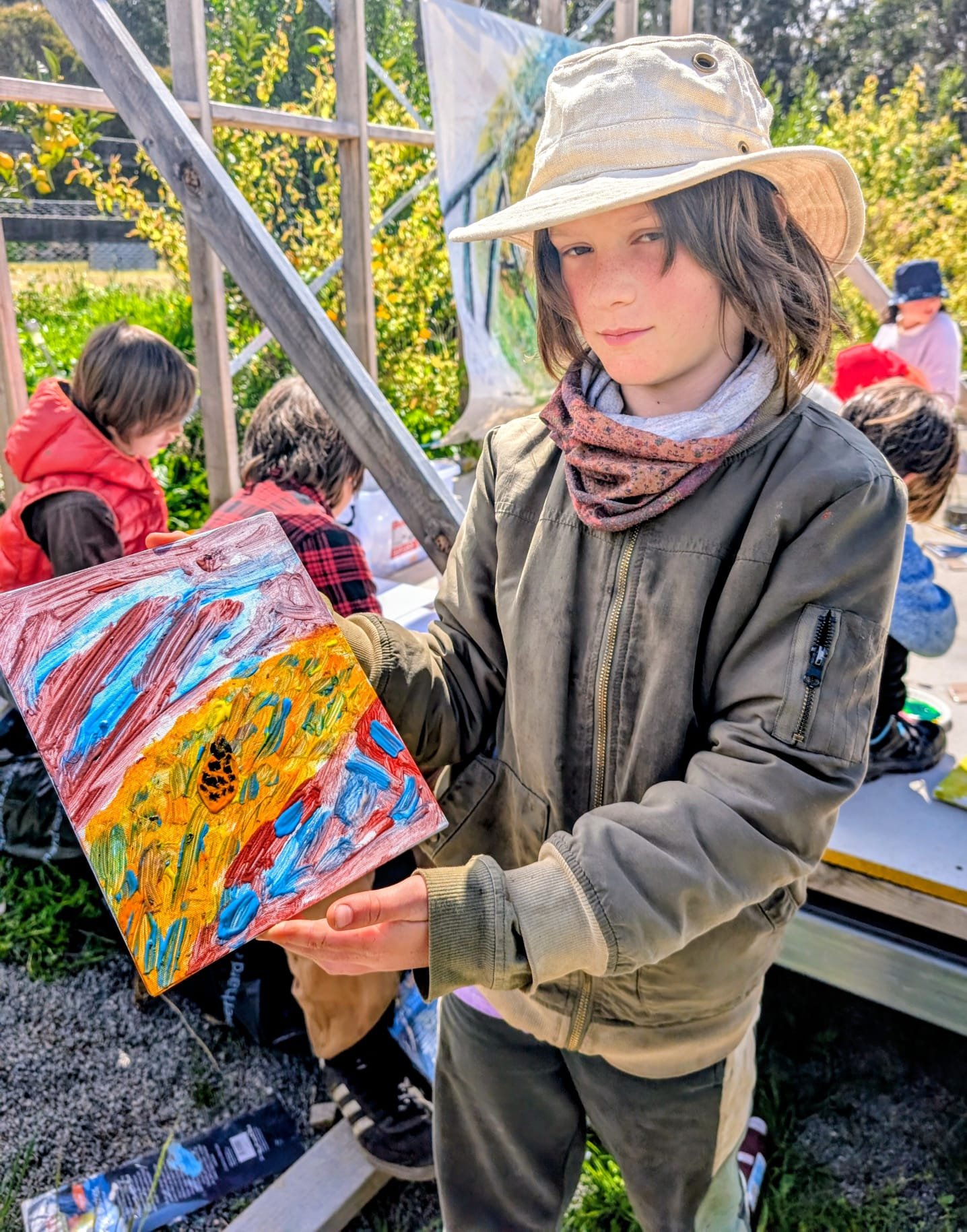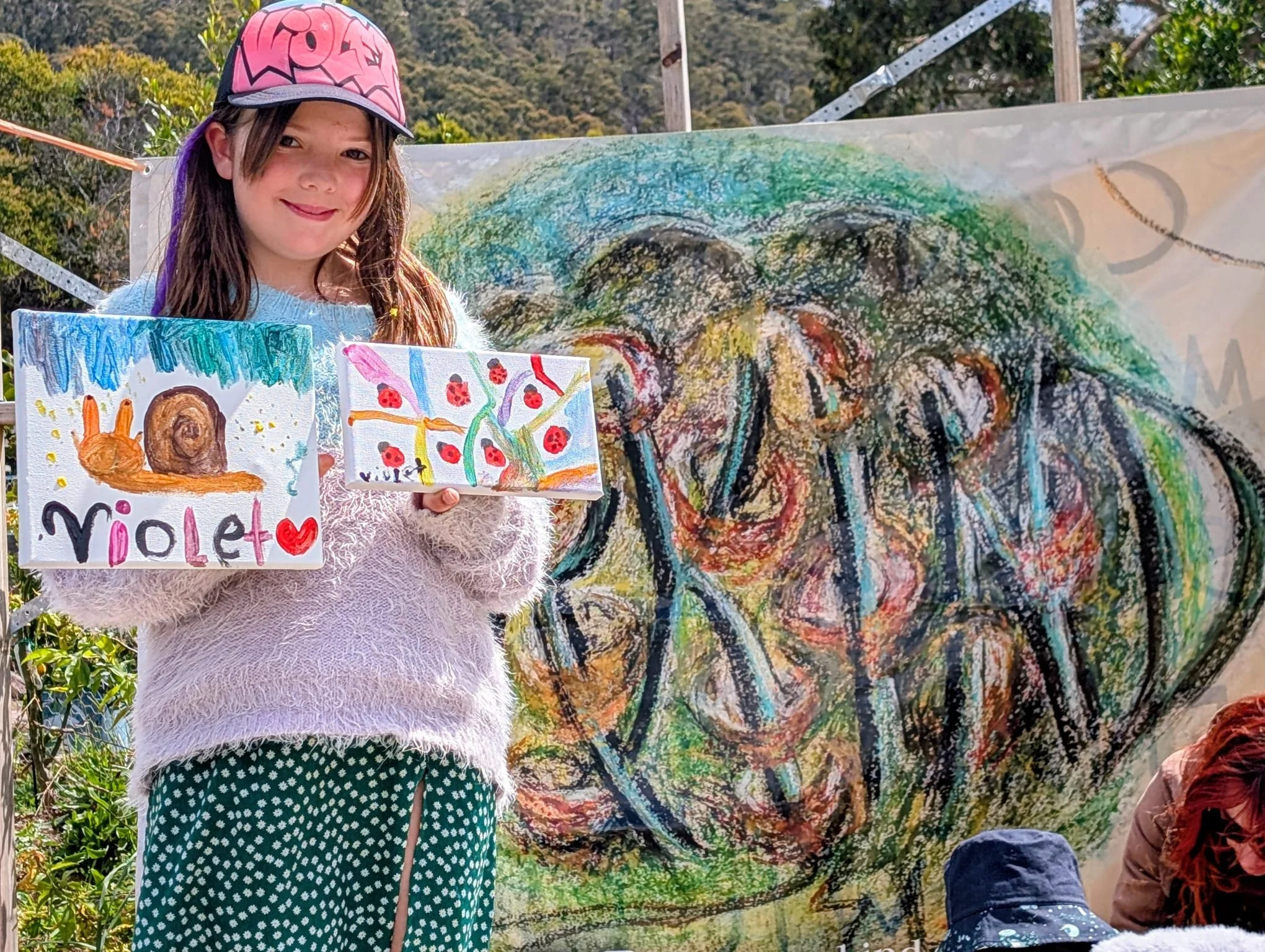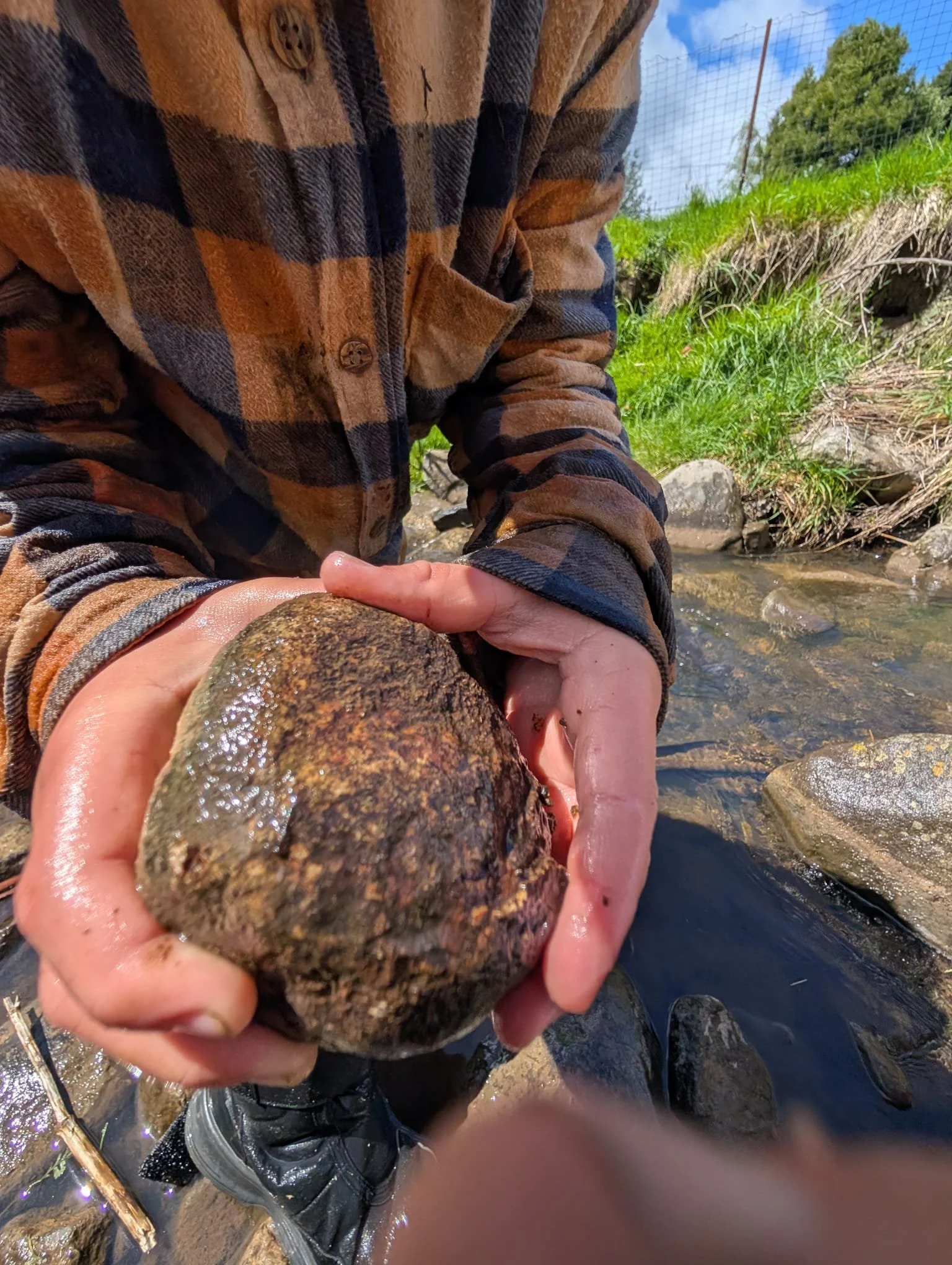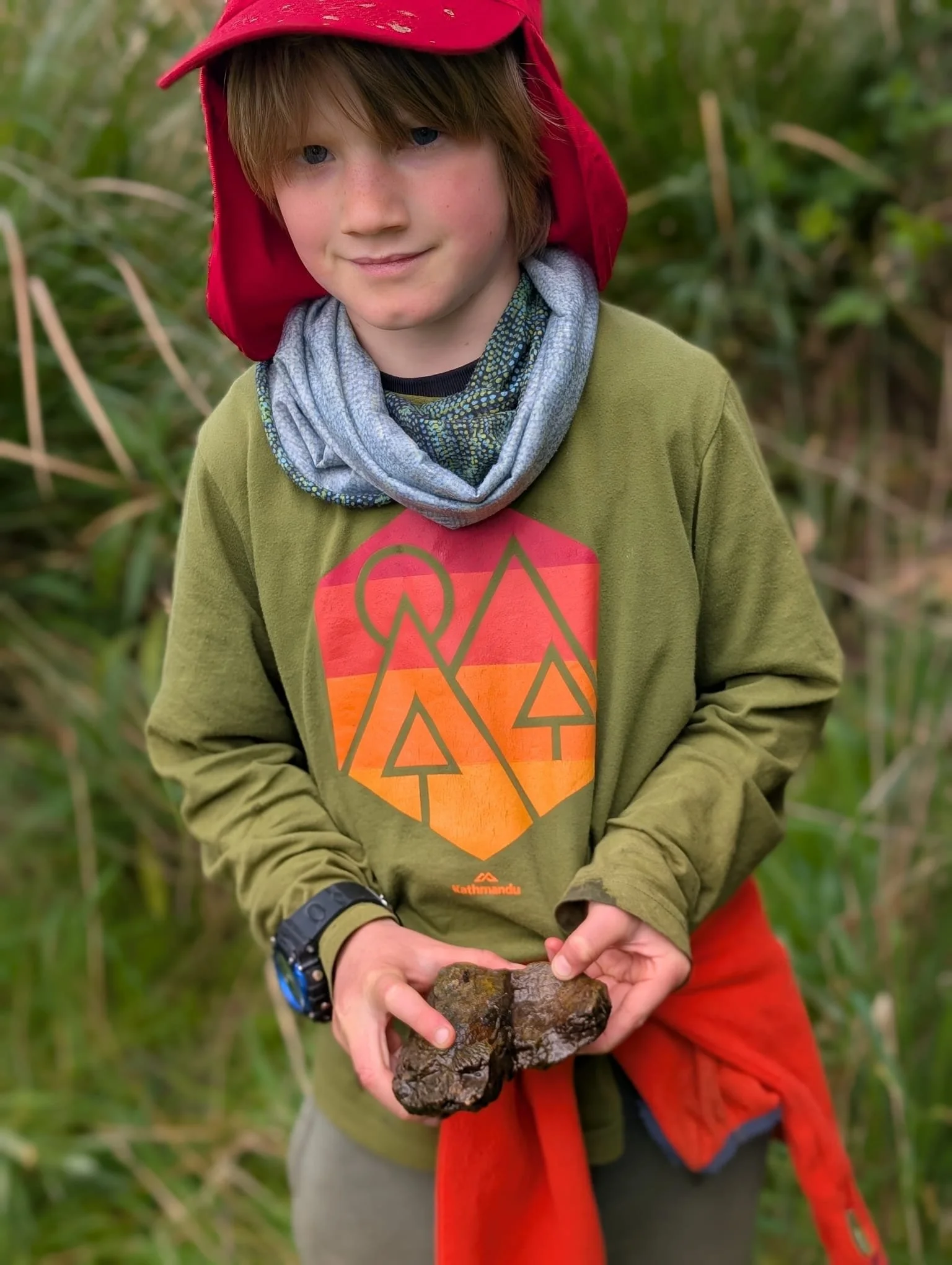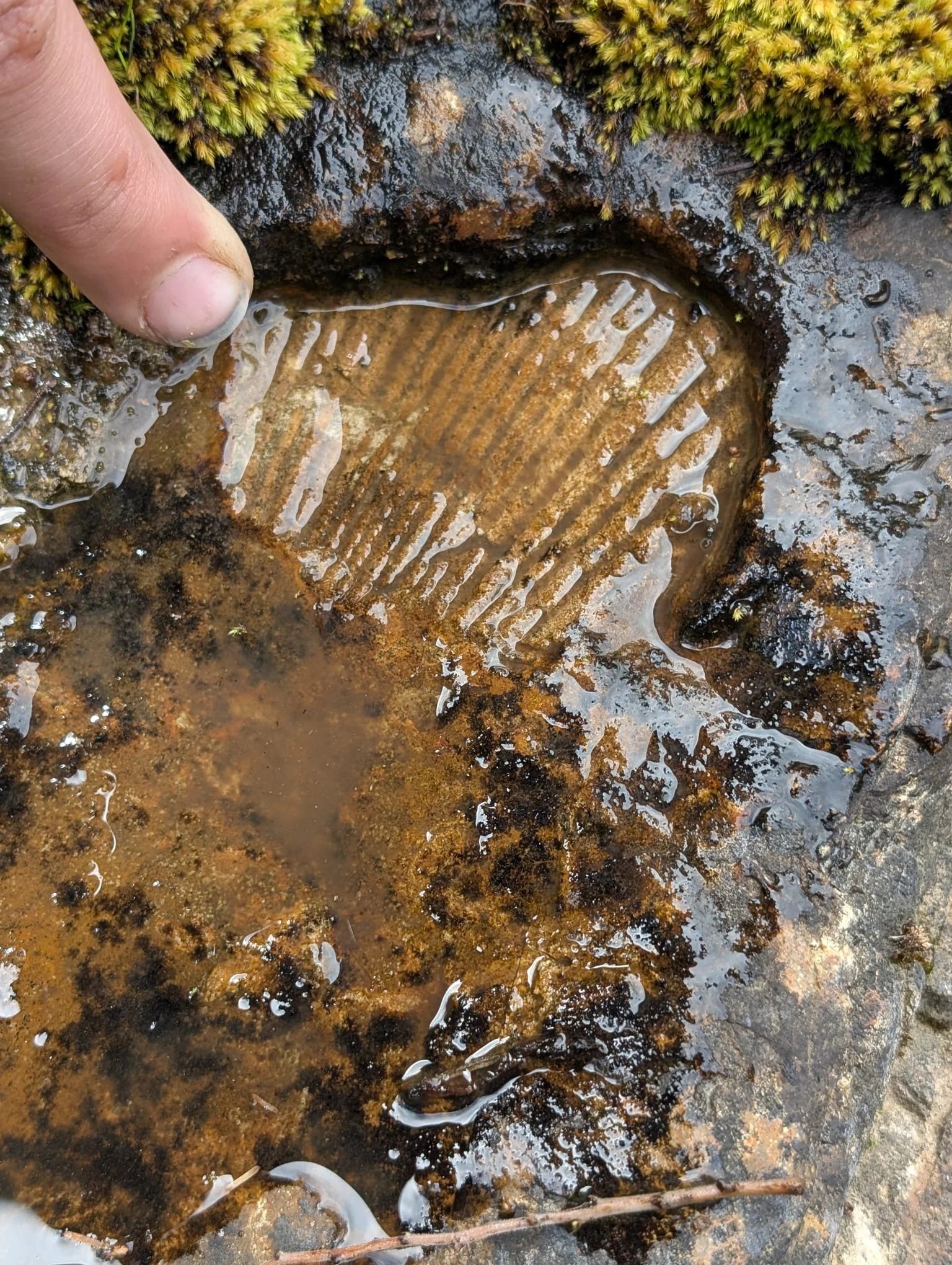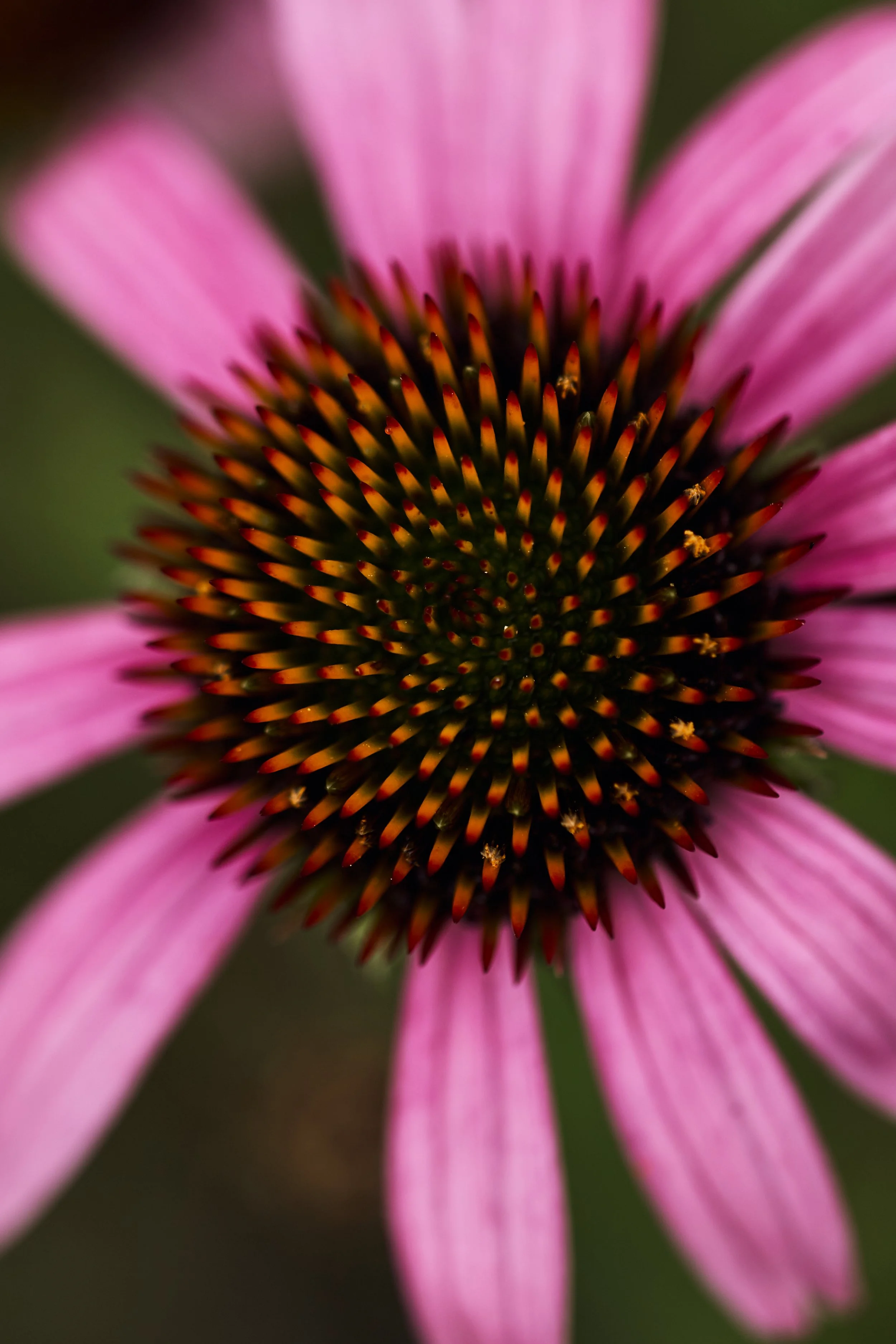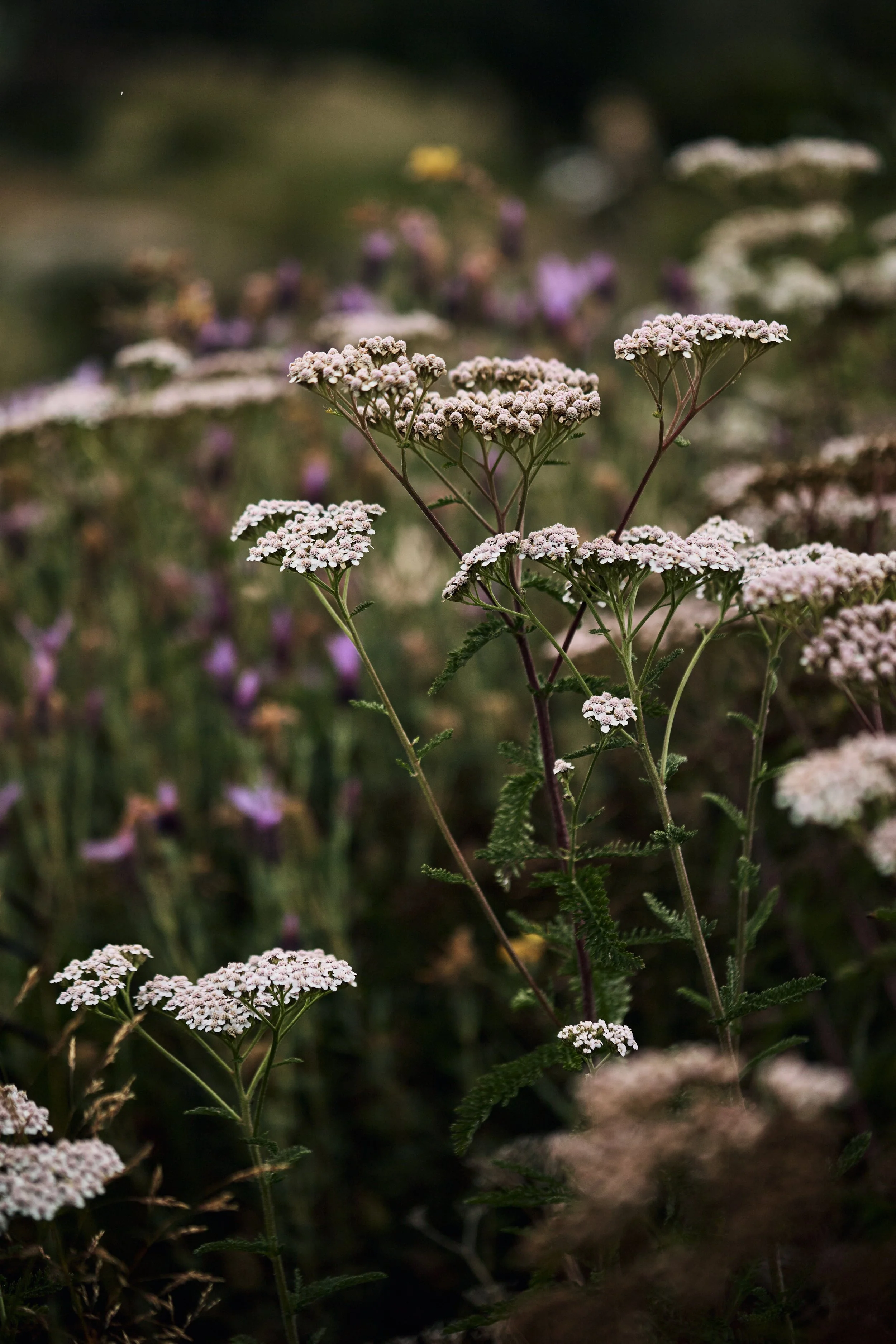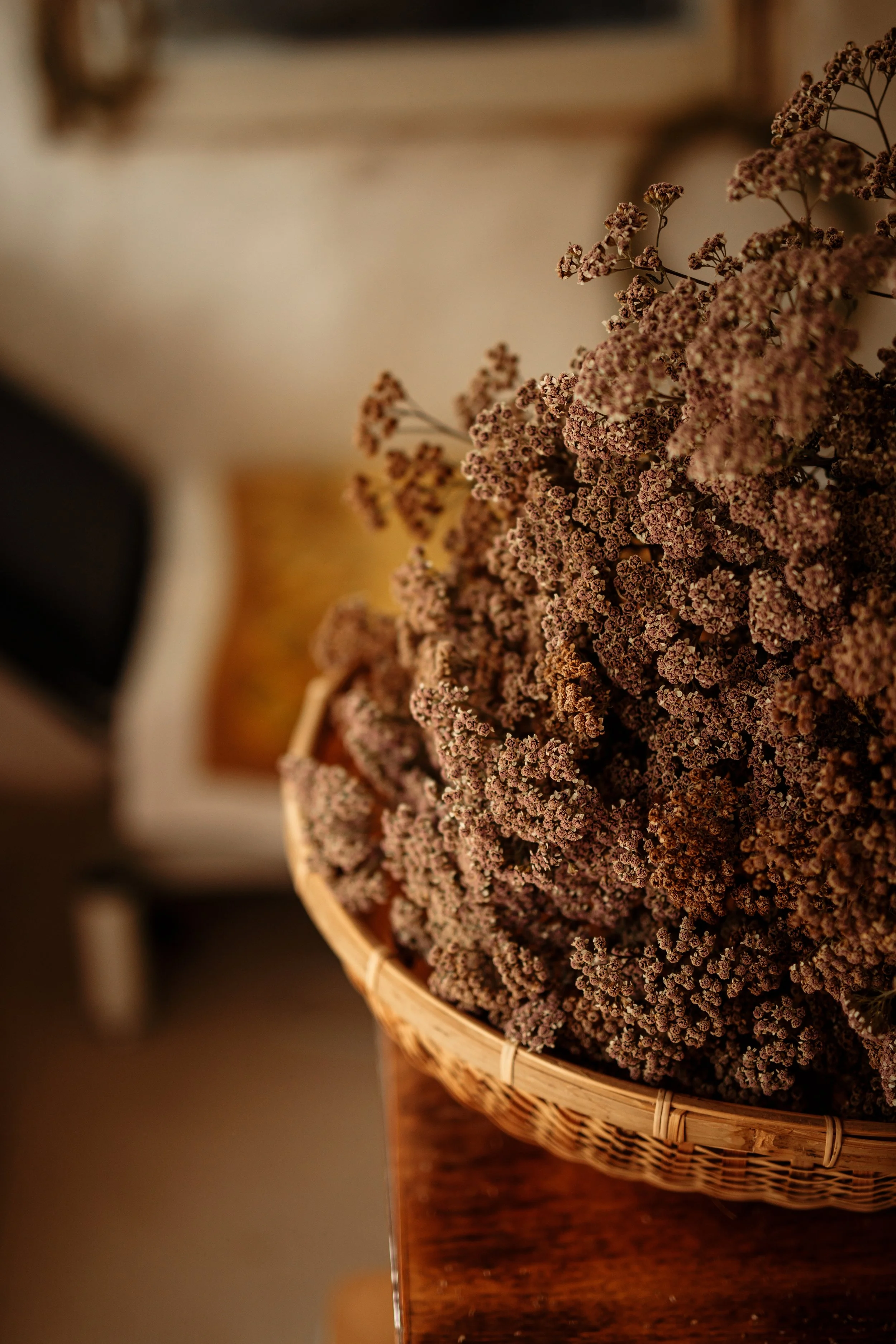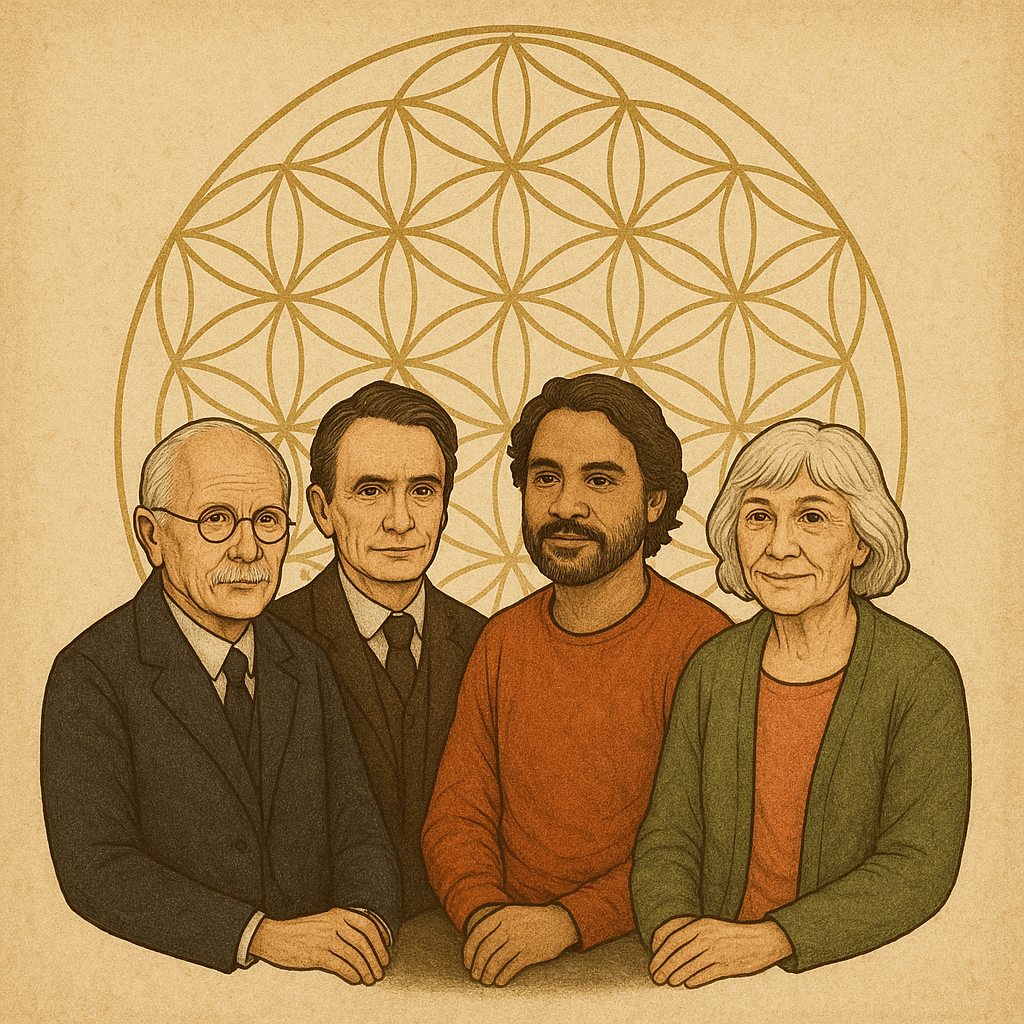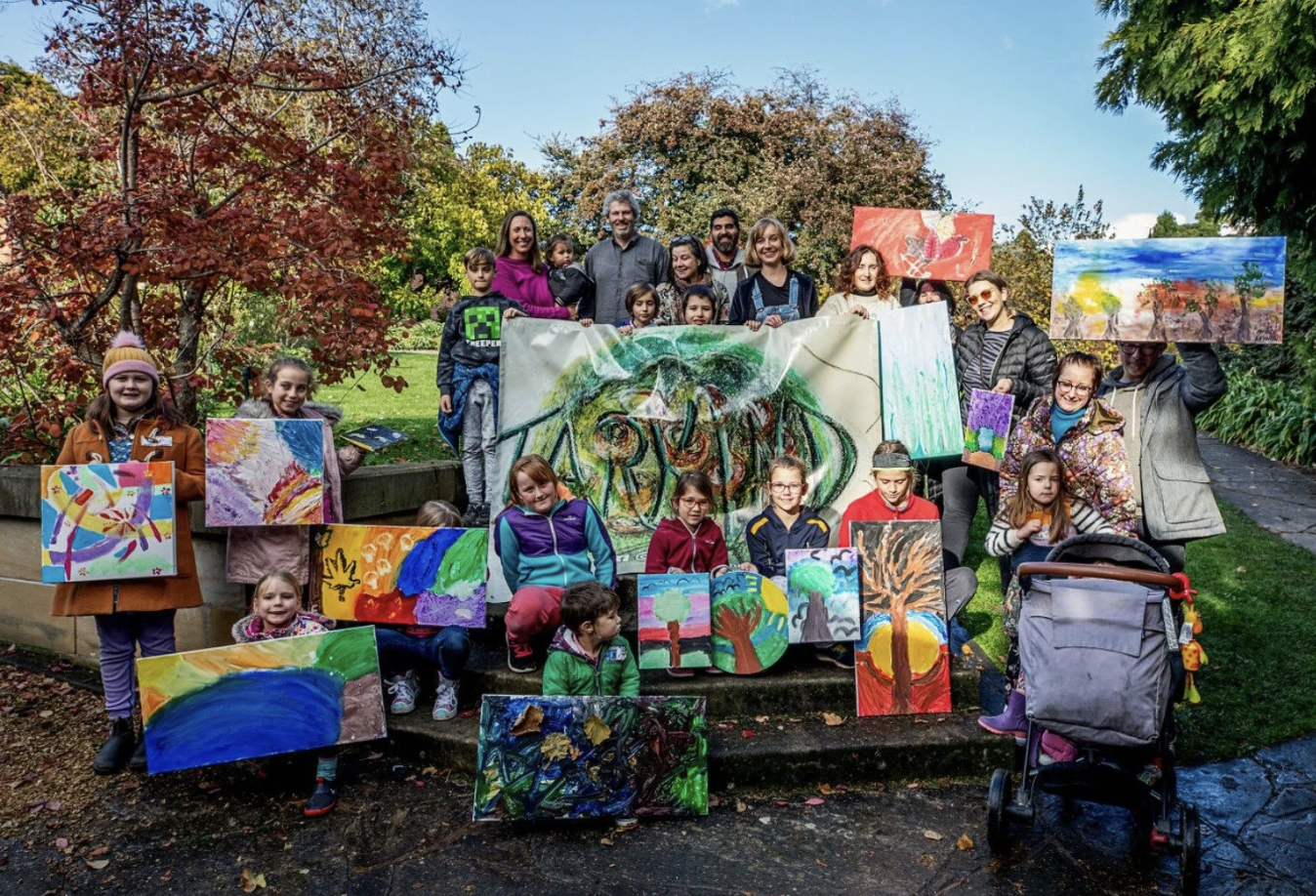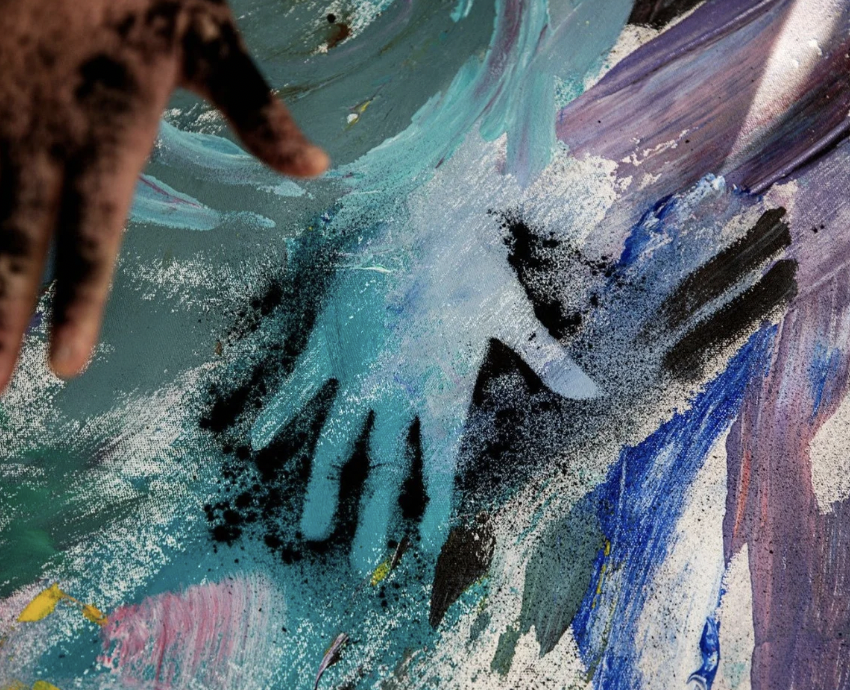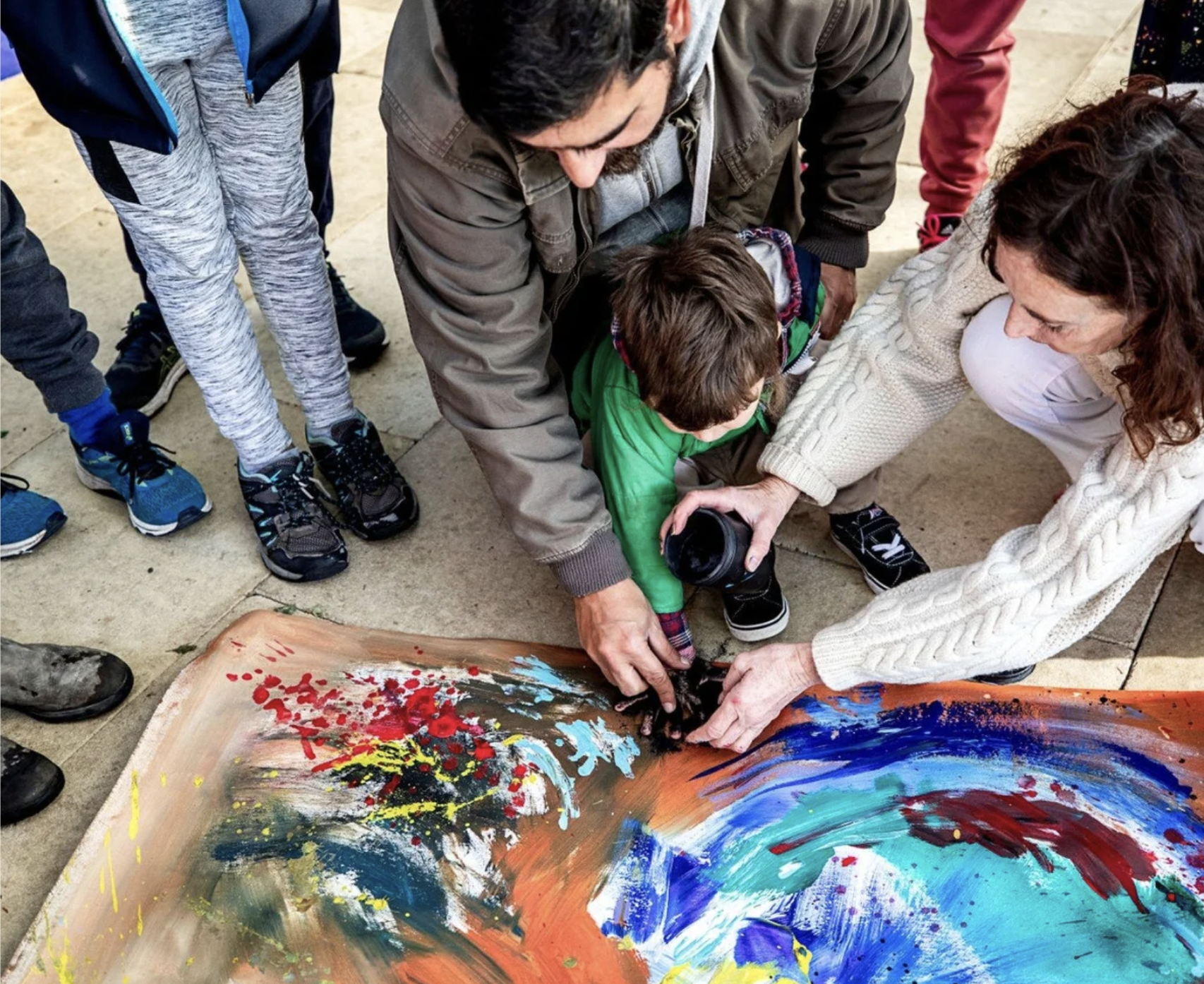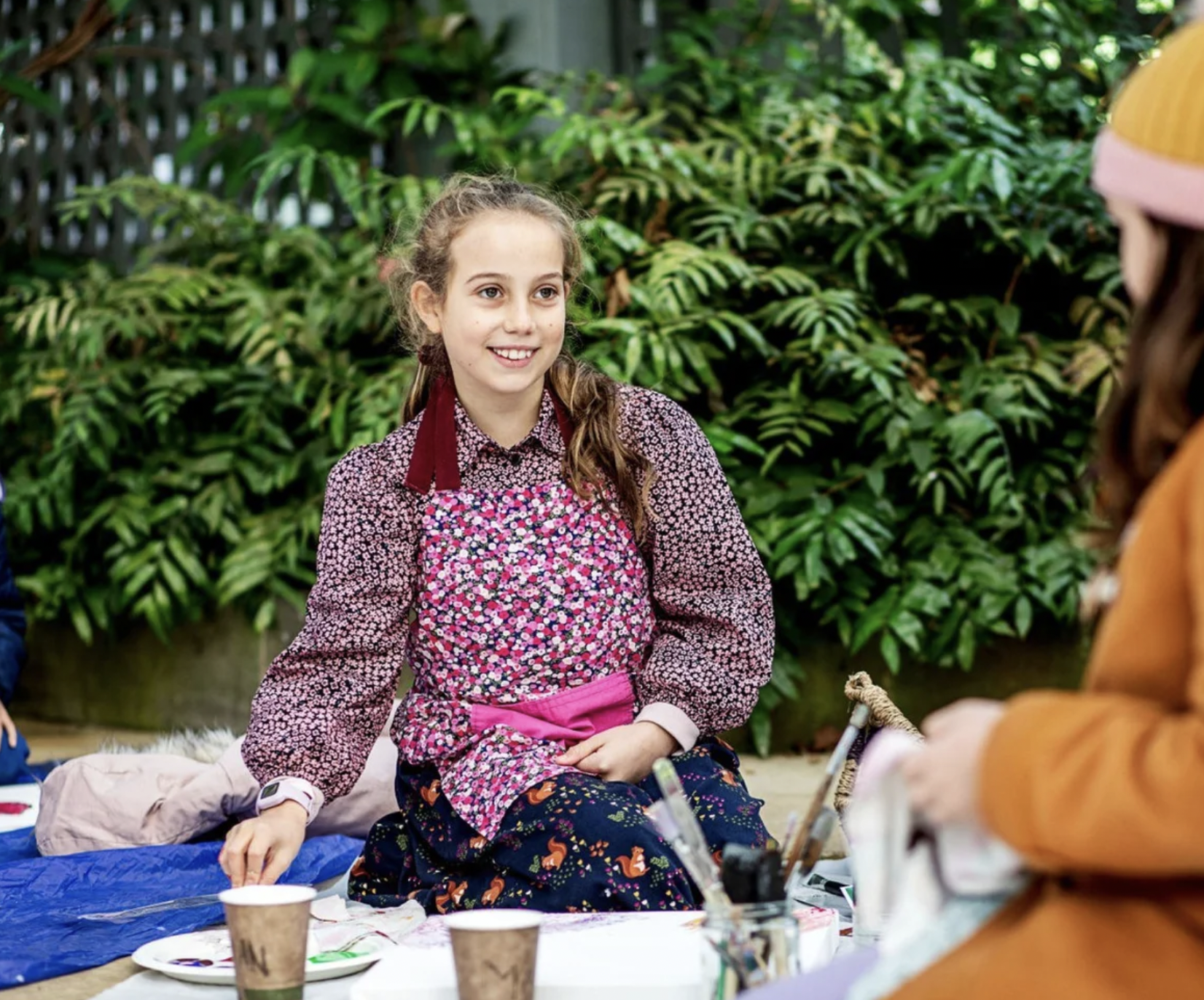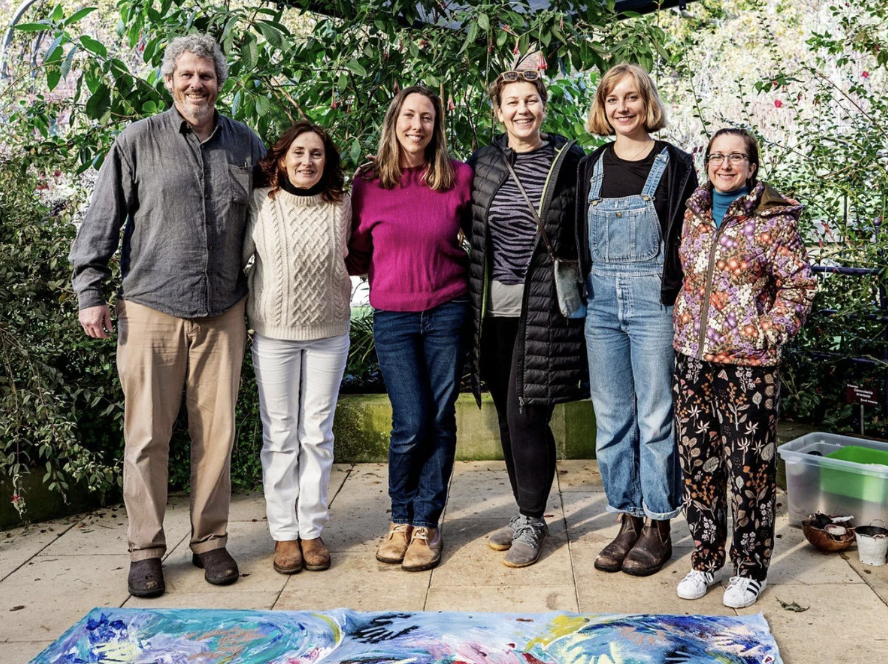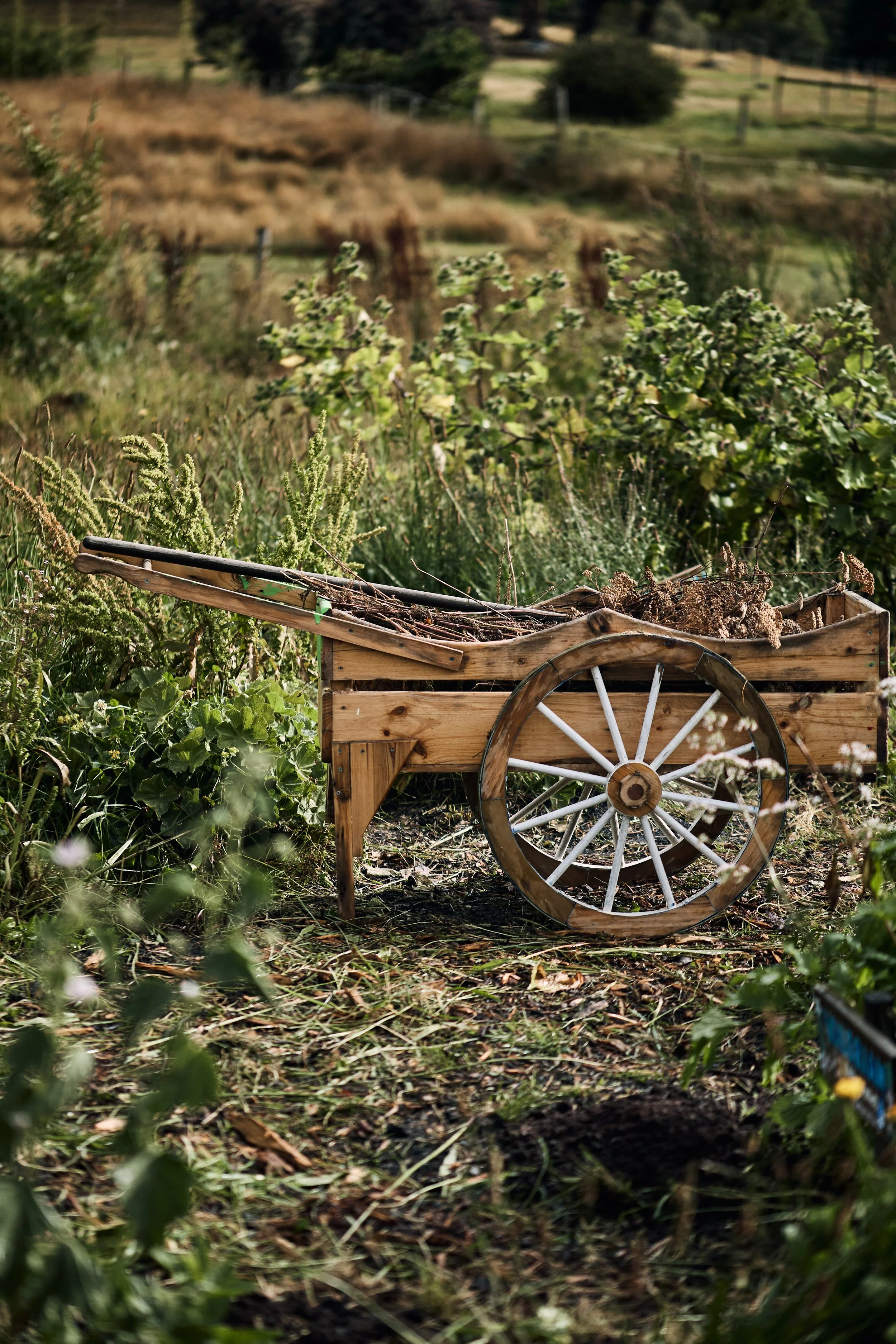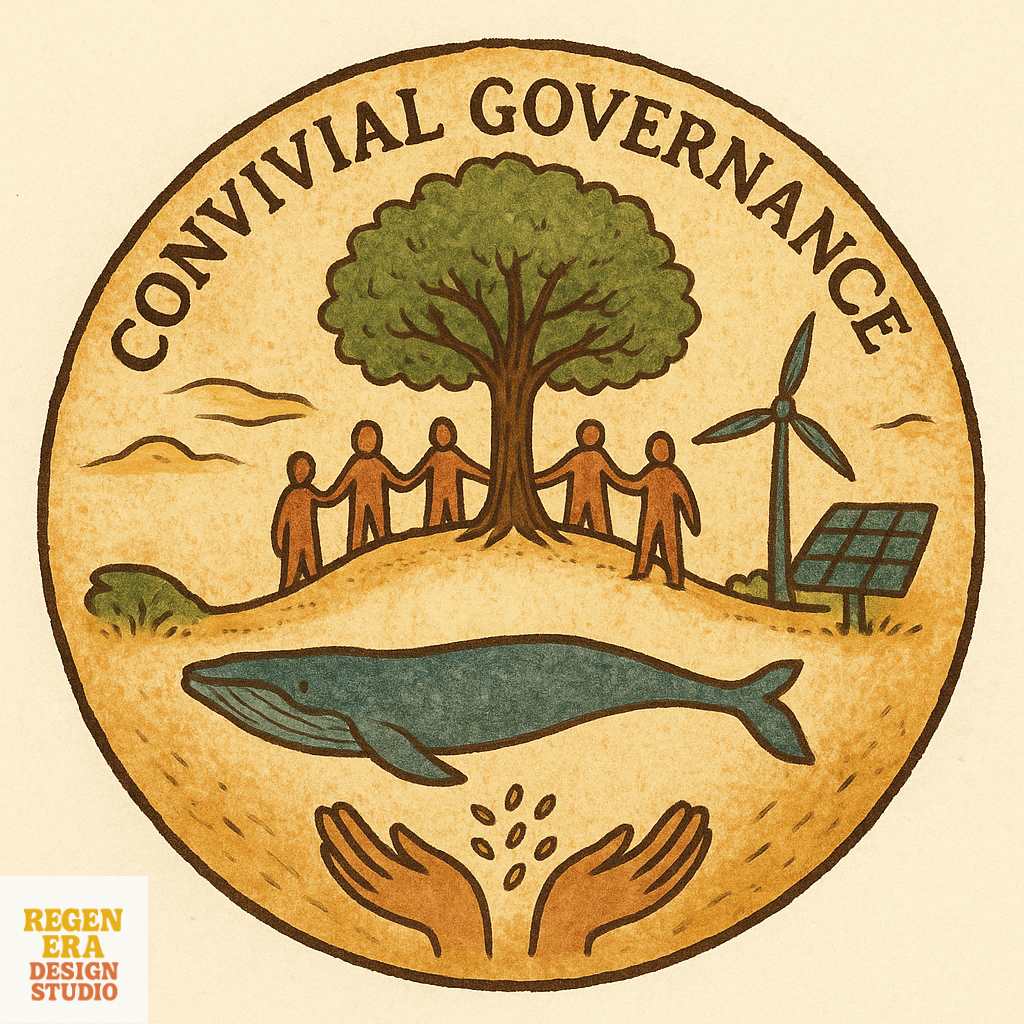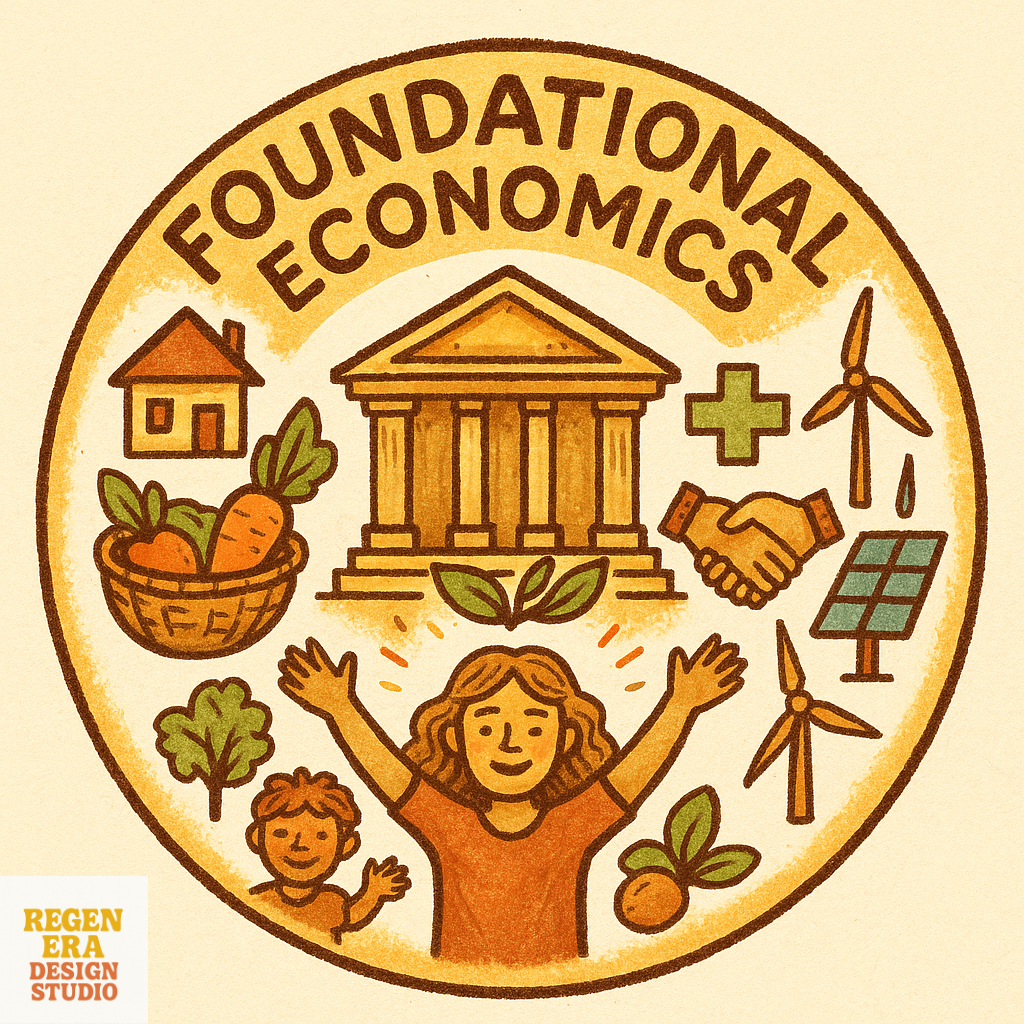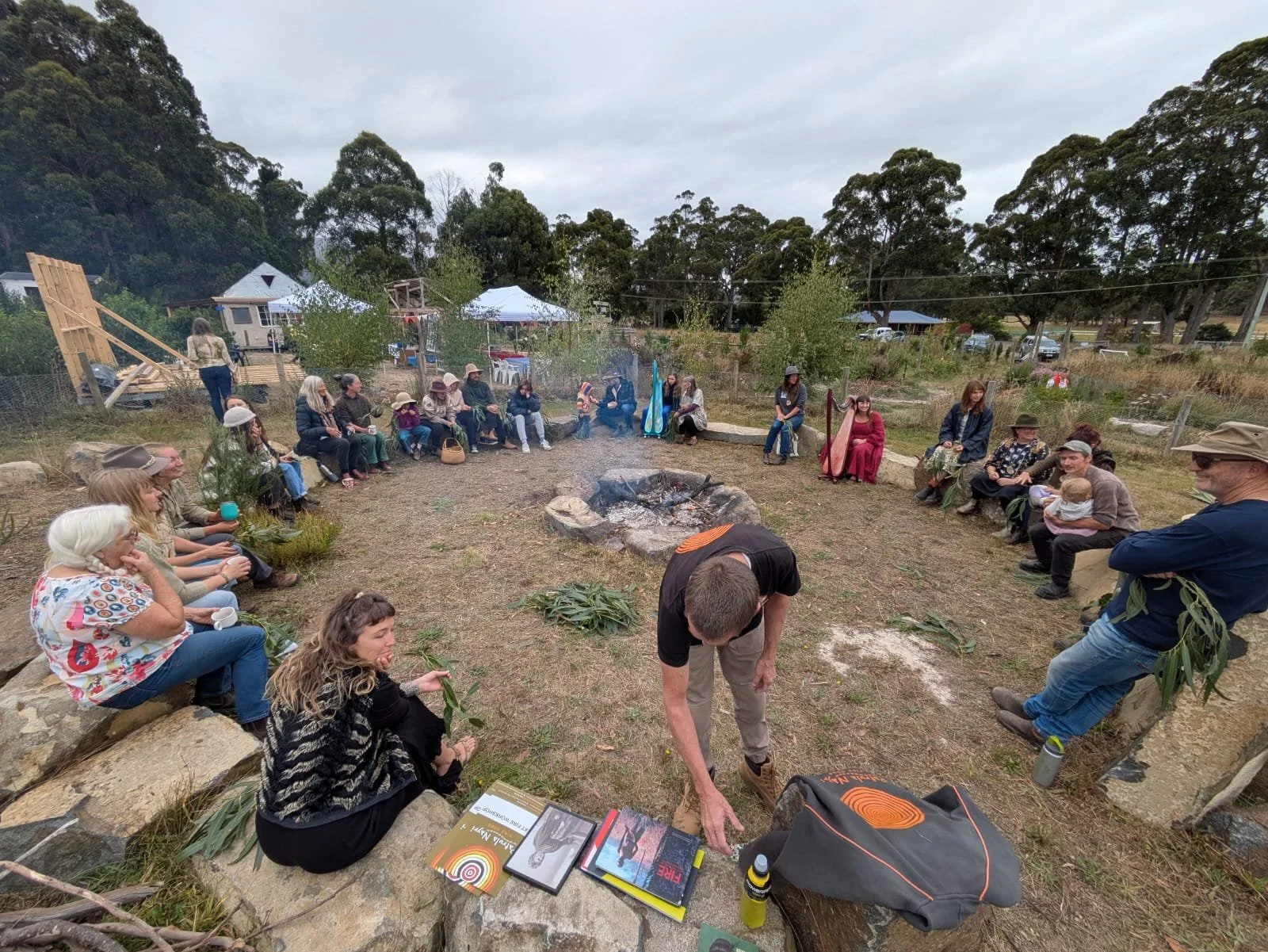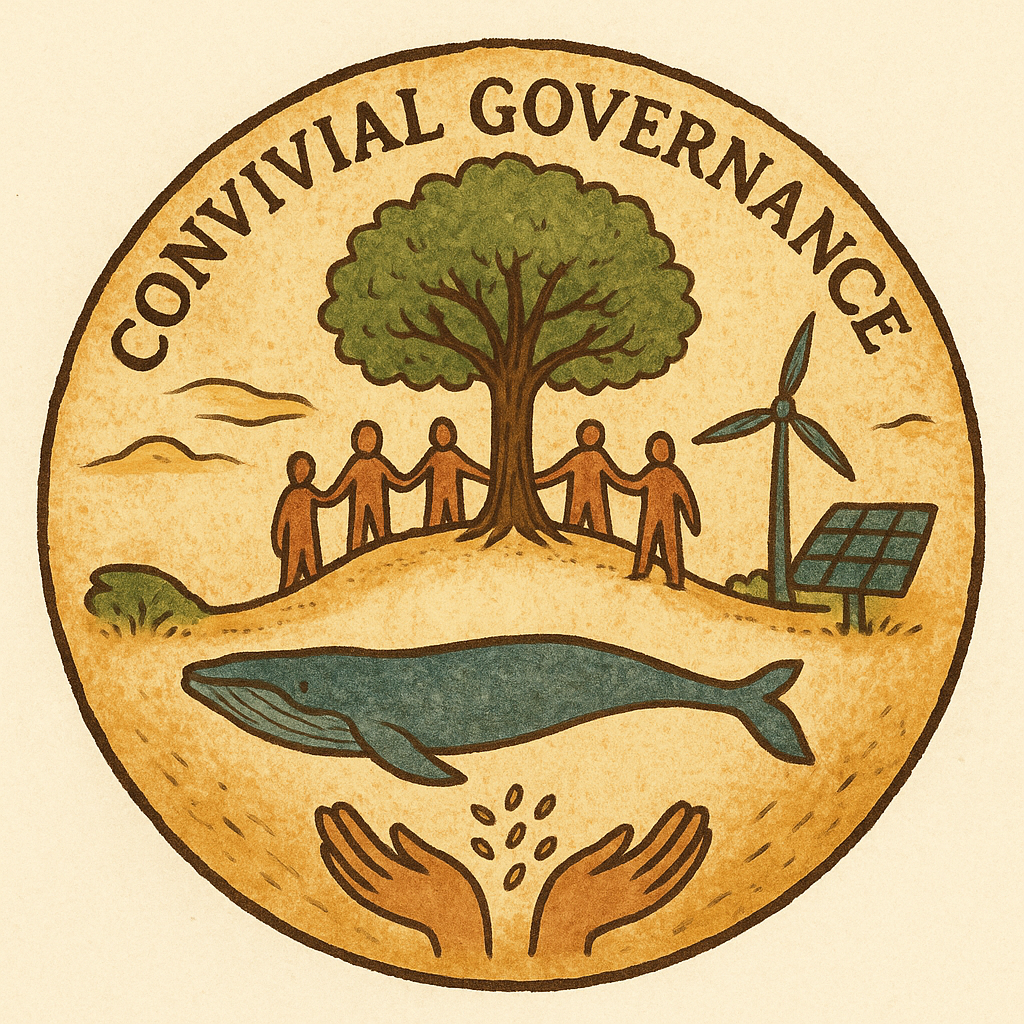Under this Virgo New Moon, as the world turns its gaze toward conflict and complexity in the Middle East, we are invited into a quieter, deeper listening. Beyond political positions or media cycles, a deeper symbolic story is unfolding, one that asks not for sides, but for soul. One that asks us to become not louder, but more whole.
Virgo is the priestess of Earth, the keeper of the detail, the weaver of fragmented things. Her medicine is found in tending, in ritual, in what has been overlooked. It is fitting, then, that this New Moon arrives with the presence of Raphael, archangel of healing, the guide of breath, clarity, and the sacred ‘middle’ way. Together, they call us not to solve what is beyond us, but to participate differently: with presence, humility, and care.
This reflection offers seven symbolic threads, drawn from Jungian depth psychology, planetary wisdom, and current world events, that seek not to explain the Israel-Palestine conflict, but to witness it and to examine the psychic landscape surrounding it.
1. The Earth Priestess and the Forgotten Wound
Virgo teaches that healing begins in the small, the practical, the real. She is not a sign of abstraction, but of embodiment. She reminds us that care is political, and that repair starts in the soil, of land, of body, of psyche. This is a moment when a wound, long suppressed and twisted has erupted again in collective awareness. Not only in Israel and Palestine, but in each of us. It is the wound of disconnection: from one another, from nature, from the sacred, from history, and from paradox.
2. Raphael and the Element of Breath
Raphael, whose name means “God heals”, is associated with the element of Air, the realm of thought, language, and breath. In the flood of commentary and ideological fervour, we are reminded to return to breath, to clarity of heart, to the healing power of stillness. Raphael does not arrive with punishment or triumph. He arrives beside the wounded, offering presence. He calls us back to relationship and attentiveness to the other. His presence blesses those who walk toward complexity, not away from it.
3. The Wound as Portal
The land called holy is now a site of unbearable trauma. Each people involved carries a deep ancestral scar: exile, displacement, occupation and genocide. These are not historical footnotes, they are living psychic facts and each side believes its suffering is not seen. From a Jungian lens, this is the domain of Chiron, the Wounded Healer. The one who cannot heal himself but can, through his own suffering, guide others to healing. In this conflict, we see shared pain unacknowledged, so instead of becoming medicine, the wound becomes a weapon. But Chiron’s teaching is clear: the wound is the place where the light enters, if we can hold it long enough to learn.
4. The Loss of the Third
Jung warned of what happens when the psyche splits into opposites with no reconciling force: we lose the Third and the middle space collapses, and this is where that glue and connection of dialogue becomes impossible. Each side demonises the other and public discourse now reflects this binary psychosis. In symbolic terms, the Third is not a compromise, rather it is a sacred space where opposites meet and something new is born. It is the alchemical vessel, the fertile void, the room of imagination. Virgo’s gift is to restore this space through ritual, through exactness, through attention to what is real and alive. The Third may not yet exist as a shared political solution and the ground between remains scorched by history and division. But it must begin as a psycho-spiritual space within us, where paradox can be held and new possibilities imagined beyond the reflex of sides.
5. Projection and the Global Mirror
This conflict has become a projection screen for collective shadow. For some, it evokes unacknowledged guilt (from the Holocaust and from colonial histories); for others, suppressed rage or inherited trauma. People do not only respond to the conflict itself, they respond to what it touches in them. Jung called this “complex activation”: when an outer event triggers inner unresolved material within the human. This is why the discourse is so charged and so reactive. We are not speaking only of Israel or Palestine, we are speaking of ourselves, without knowing it. Discernment is Virgo’s core gift and is the medicine here. What part of this is mine? What am I projecting? What grief am I avoiding by becoming righteous? Yes, this conflict touches something deep in me, my own grief, guilt, and longing for justice. I share these reflections not from a place of certainty, but as part of my own process of reckoning and return.
6. The Silenced Anima
In the deeper layers of our collective psyche, the Anima: the soulful, feminine energy of grief, care, and connection, has been pushed aside. What we see instead is a flood of harshness: arguments, ideologies, and certainty that leaves no room for feeling. But the Anima hasn’t disappeared and she lives in the cries of grieving mothers, in the silence of mourning, in the deep longing for peace.
Virgo, connected to this quiet, healing force, reminds us that real healing isn’t fast or loud. It’s slow, grounded, and tender and found in presence, in tending the land, in prayer, and in care. She gently asks us: What beauty will you choose to serve, even in the face of pain?
7. Becoming the Healer
Important work in this whole space is becoming part of a field where the psyche can begin to recollect itself. Where the story doesn’t collapse into sides and grief can be shared. To become the healer in this moment means to become a sanctuary. To hold paradox without flinching and to stop feeding the binary. The speak the beauty way into the broken field is a sacred act of healing inwards and outwards.
The number seven, echoing through this moon and this reflection, is the number of completeness, mystery, and cosmic rhythm. Seven days of the week. Seven chakras. Seven classical planets. Seven colours of the rainbow. Seven wounds of Christ. Seven biodynamic preparations. Seven times we fall and seven times we rise. It is the number of soulful return.
🌿 Closing Plant Allies: Yarrow & Rosemary
Let us close with two herbal essences that may help us anchor this reflection in the body and breath.
Yarrow (Achillea millefolium) is the plant of integration and boundary, sacred to Chiron, the Wounded Healer. It holds the paradox: it heals both wounds and walls. Named after Achilles, who was both warrior and healer, yarrow knows how to bind what has been broken, to hold the line without hardening the heart. Its essence supports us in holding contradiction, in weaving together what has been torn apart, within and without. You can purchase our beautiful essence at the Magical Farm Apothecary.
Rosemary is for remembrance and clarity and it clears the fog, brings warmth to the heart, and helps us honour what must not be forgotten. Rosemary essence supports right remembering, not of sides, but of soul, of life, of what we are here to protect. You can purchase this essence at the Magical Farm Apothecary.
Together, they offer a way to move through this time: with integration, memory, and sacred attention. May we hold paradox bravely, walk with discernment, devotion, and soul.
This is the call of Virgo.
This is the blessing of Raphael.
This is the healing path forward.
